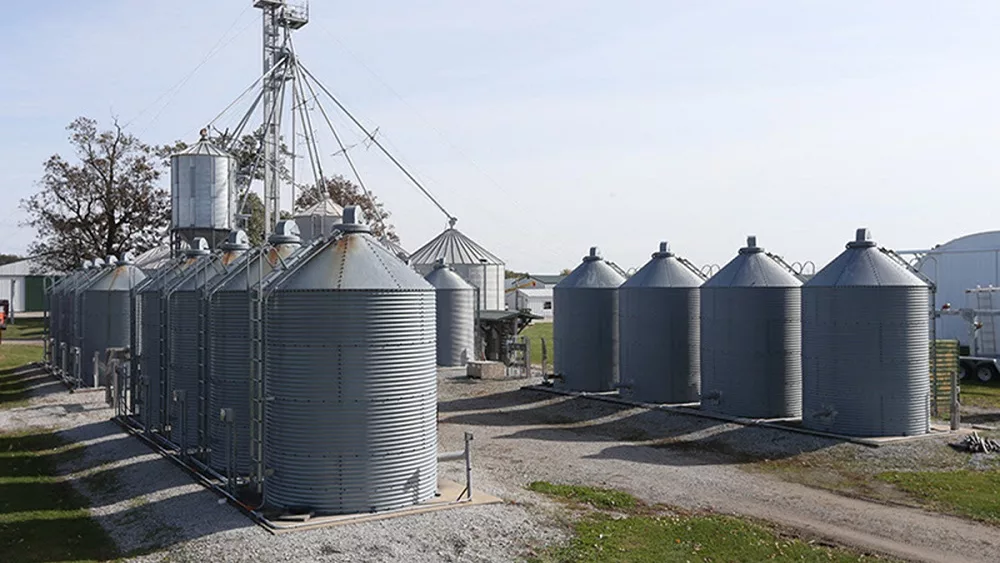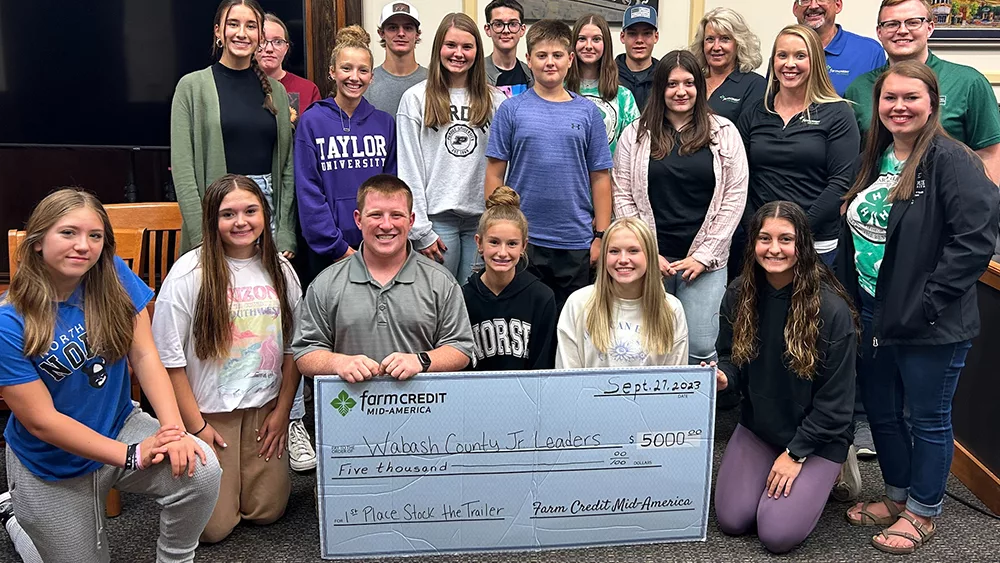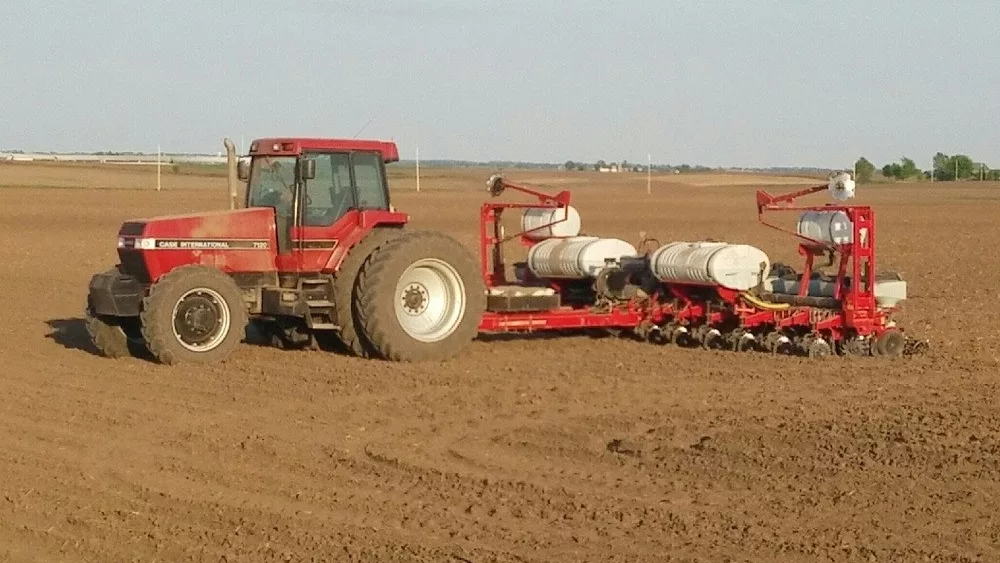As you plan now for spring planting, you may be thinking ahead on how to prevent tar spot fungus from robbing your corn yields this fall. However, there are several things you can do now to lower your risks this growing season.
“Unfortunately, it’s here, it’s now endemic, and it’s not going away,” says Dr. Marty Chilvers, Associate Professor of Plant, Soil and Microbial Sciences at Michigan State University. He was one of several guest speakers at the recent Tar Spot Summit hosted by AgReliant Genetics at their headquarters in Westfield, Indiana.
Chilvers has been studying the impact of tar spot on corn since it first popped up in the Midwest in 2015.
“It survives in residue,” according to Chilvers. “Over the years we just seen it spread out across the landscape and it’s continuing to spread. We’ve got reports it has been found in South Dakota now as well, so it’s really spreading out now and will continue to do so. It doesn’t look like it’s slowing down anytime soon.”

He says crop rotation and no-till have had no impact on preventing tar spot.
“It’s probably down to the way the disease moves, and it can move many miles,” according to Chilvers. “This is part of the issue we’ve had farmers that haven’t had corn in a particular field – when they put corn in, and they have been hit with tar spot just because the spores are continually blowing in from outside.”
Chilvers has several recommendations to try and keep tar spot fungus from becoming an issue for your corn crops this growing season.
“Hybrid selection is number one and making sure we’ve got good tolerance. It’s the number one thing you should be speaking with your seed dealer about,” says Chilvers.
“Number two, if you’re irrigating, you are slightly increasing the risk and you just want to minimize leaf-wetness events, if possible,” Chilvers adds.
“During the season, in terms of active management, certainly be scouting and talking to your neighbors. Then, apply a well-time fungicide when it’s warranted – between the VT and R-3 growth stages tends to produce the best results,” according to Chilvers.
Click BELOW to hear C.J. Miller’s news report and interview with Marty Chilvers, Associate Professor at Michigan State University, about minimizing tar spot risks for your corn crops in 2023.




